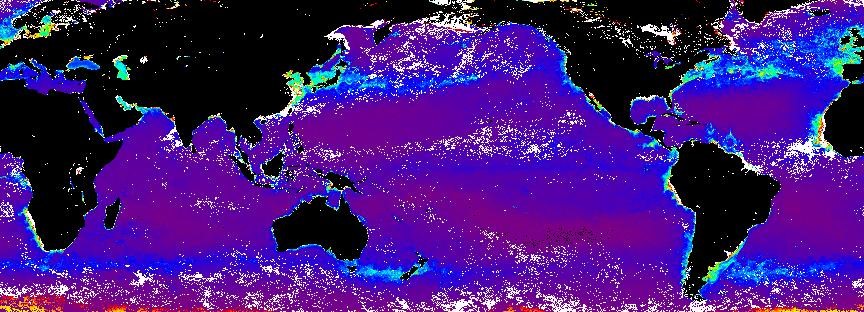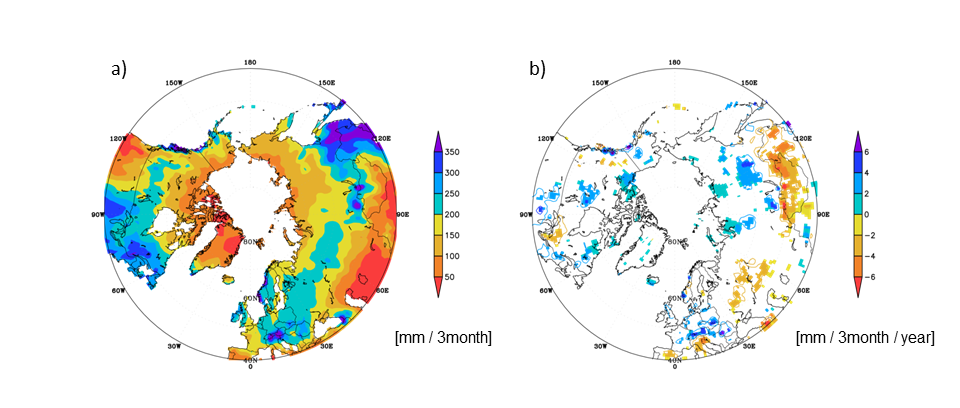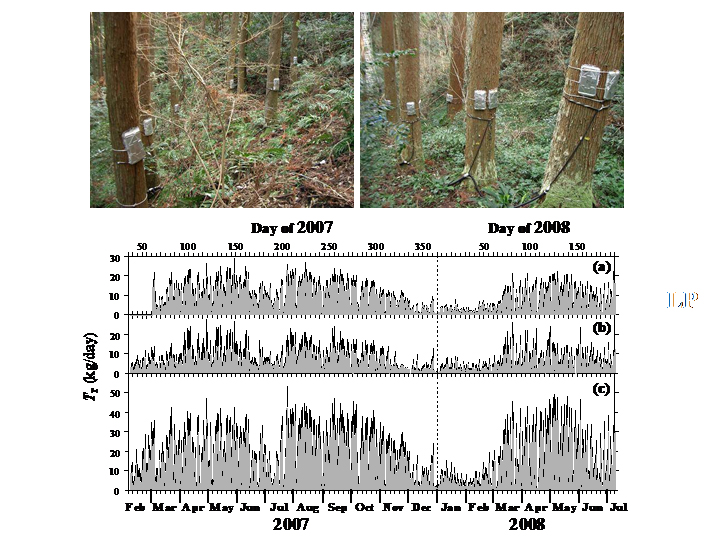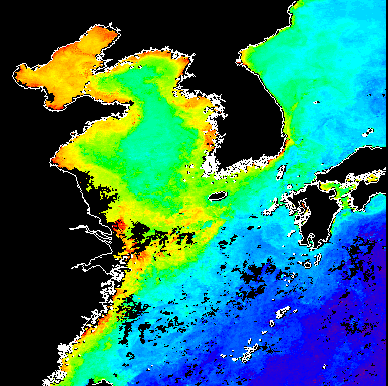Division for Land-Ocean Ecosystem Research
Land and ocean play an important role in the formation and maintenance of the climate system on Earth through cycles of energy, water, and other materials. The Land-Ocean Ecosystem Research Division conducts investigations into regional and global energy and water cycles, and biogeochemical processes in the land-ocean ecosystem, mainly via in situ observations, data analysis, and numerical modeling.
On land, we observe the transport processes of energy, water, and materials within and over tropical and boreal forests, and we perform numerical simulations of these processes using a coupled land-atmosphere model. We also undertake comprehensive studies of atmospheric and terrestrial water cycles using global atmospheric reanalysis data. In particular, variability in the Asian monsoon is examined on time scales ranging from diurnal to long-term climate change, as this variability has a strong effect on the meteorology and climate of Japan.
Over the ocean, we study on the dynamics of the lower trophic level in the upper layer of marginal seas, such as the Japan Sea and the East China Sea, and in coastal areas using satellite remote sensing data, hydrographic observations, and numerical modeling. A particular focus is the impacts of human-influenced river discharge and climate perturbations such as typhoons. We also investigate the downward transport of biophile elements from the upper ocean to the deep sea using mooring observation systems that collect marine particles for stable isotope analyses.
 |
|
| Global ocean primary production in April 2009 (Purple-blue-green-yellow-red indicates low to high). The data were calculated from phytoplankton pigment (chlorophyll-a) concentration, sea surface temperature, and photosynthetically available radiation from satellite data using a two-phytoplankton community model. | |
 |
|
| a) Climatological (1958-2012) mean of summer (June-August) precipitation in the Arctic circumpolar region. b) Long-term trend in summer precipitation from 1984 to 2011. |
|
 |
Photographs of the experiment setup for measurements of water use by individual trees (upper panels) and the results obtained on each day at the center of (a) a south-facing slope, and (b) upper and (c) lower sites on a north-facing slope. Using many such sensors distributed over a forest watershed, we can examine the response of forest water-use at the catchment scale to environmental change. |
| Phytoplankton distribution in the East China Sea, as observed by satellite remote sensing. Blue-green-yellow-red color indicates low to high concentration of chlorophyll-a. Phytoplankton are abundant in areas influenced by freshwater discharge from the Changjiang River in China. |  |

